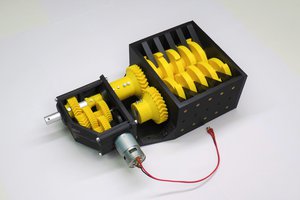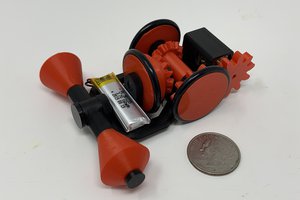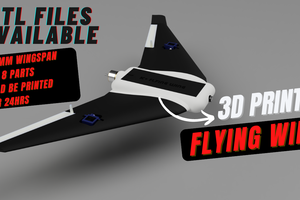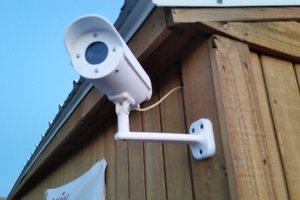Once the drone’s frame was 3D printed, the most complex part about soldering four small-yet-powerful 8.5 mm motors to the AIO flight controller is ensuring that you attach them in the correct configuration and triple-checking them. A quick reshuffling of the battery connections and mounting the FPV camera all but completed the hardware side of the build.
Before plugging your flight controller into your PC to program, the battery must be disconnected unless you want to fry your board. Otherwise, flashing the board and programming it simply requires patience and a lot of saving your work. Once that’s done and you’ve paired everything together, the sky or ceiling is the limit!
We have made a tutorial video of the entire build, below we will also provide a full list of the parts needed, as well as alternative options like building the frame in less than 6 hours for anyone wanting to make their own and fly the same day.
Specs and Features
- Built for Long Range, high flight duration and optimal performance
- Frame 3D printed In
- Frame is Printed in One piece
- Drone Uses Li-ion Battery cells (2S)
Parts List
- 3D Printed Frame (1 Piece)
- Flight Controller: Happymodel ELRSF4 2G4 AIO 5-in-1
- Receiver: ExpressLRS 2.4GHz (integrated inside FC)
- Camera: Ant Nano FPV Camera
- VTX: 5.8GHz 25mw~200mw 40ch VTX (integrated inside FC)
- Propellers: Gemfan 75mm bi-blade Propellers
- Motors: Happymodel EX1202.5 11500KV
- Size: 125mmx115mmx40mm (without propellers)
- Weight: 64g (without batteries)
 K+
K+
 Brian Brocken
Brian Brocken
 Greg Zumwalt
Greg Zumwalt

 tlankford01
tlankford01